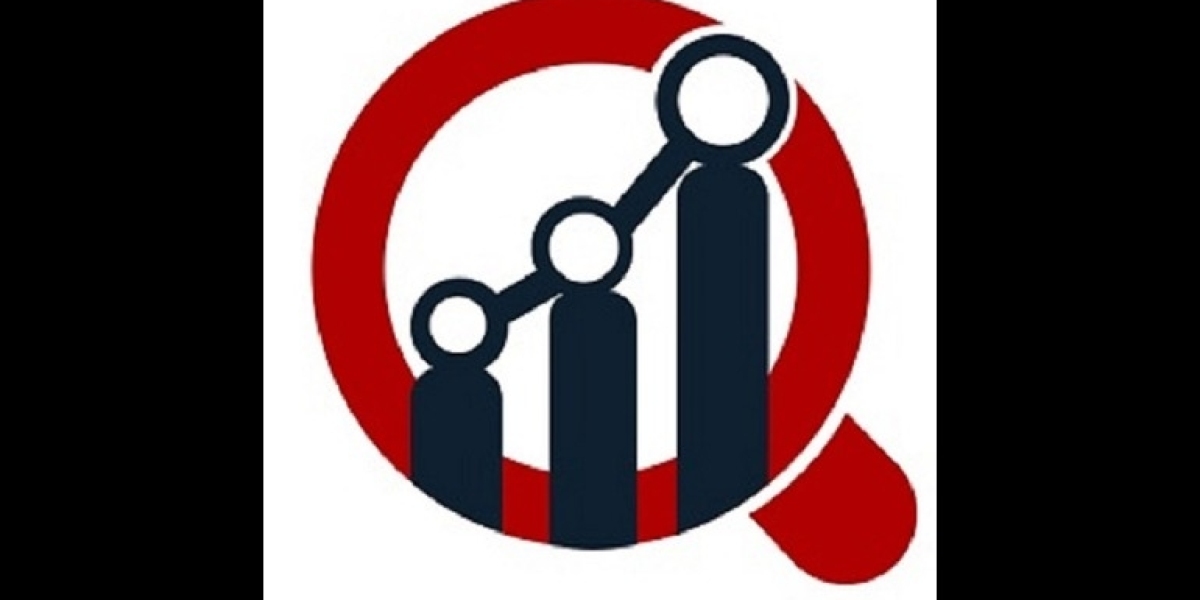Cash Flow: The Lifeblood of Every Business in 2025
Meta Description
Discover why cash flow Size still trumps profit in 2025, learn to read the cash-flow statement like a pro, and pick up modern, tech-powered tactics for keeping your company’s cash positive and predictable.
1 | Why Cash Flow Matters More Than Ever
- Liquidity ≠ Profit. A business can be profitable on paper yet fold because it runs out of cash to fund day-to-day operations.
- Volatile operating environment. Supply-chain shocks, higher interest rates, and faster product life cycles make timing of cash in/out critical.
- Funding premium. Investors and lenders in 2025 value predictable cash flows more than revenue growth alone, especially for SMBs and scale-ups.
2 | Anatomy of Cash Flow
Cash-Flow Type | Core Question | Typical Sources & Uses |
Operating (OCF) | “Is the core business generating cash?” | Receipts from customers, payments to suppliers, wages, taxes |
Investing (ICF) | “How is the firm growing or divesting?” | Capex, M&A outlays, proceeds from asset sales, marketable securities |
Financing (FCF) | “How is it funded?” | New debt/equity, repayments, dividends, share buybacks |
Quick test: If operating cash flow stays negative for three consecutive quarters without a deliberate growth investment, red flags go up for creditors.
3 | Reading the Cash-Flow Statement
- Start with net income (from the income statement).
- Add back non-cash items (depreciation, amortization, stock-based comp).
- Adjust for working-capital swings (Δ receivables, payables, inventory).
- Layer in investing and financing sections to explain how free cash was deployed or sourced.
- Cross-check ending cash against the balance sheet—discrepancies often signal accounting errors.
Key ratios for a quick pulse:
- Operating Cash Flow Margin = OCF ÷ Revenue. Healthy ≥ 15 % in most sectors.
- Cash Conversion Cycle (CCC) = DIO + DSO – DPO. Lower is better; negative CCC means vendors are effectively financing your operations.
- Free Cash Flow Yield (FCFY) = FCF ÷ Market Cap (for public firms). Useful for equity valuation.
4 | Modern Strategies to Strengthen Cash Flow
4.1 Accelerate Cash In
- Digital invoicing & instant payment links. Finch-ready gateways now embed AI-driven “pay-now” nudges.
- Dynamic discounting. Offer sliding-scale early-payment discounts; platforms like Taulia automate the math.
- Subscription & usage-based pricing. Smooth revenue spikes and align billing with value delivered.
4.2 Decelerate Cash Out (Without Hurting Suppliers)
- Supply-chain financing (SCF). Banks or fintechs pay your suppliers early; you settle later.
- Virtual cards for payables. Extend payment windows by one billing cycle and earn rebate points.
- Smart contracting. Use blockchain-backed smart terms that trigger payments only when milestones clear.
4.3 Optimize Inventory
- AI demand forecasting. Tools such as DataRobot or Amazon Forecast shrink safety-stock buffers.
- Drop-shipping & on-demand manufacturing. Shift holding costs upstream.
- Reverse logistics efficiency. Resell or refurbish returns quickly to free up cash.
4.4 Fund Growth Wisely
- Revenue-based financing. Repay investors as a fixed % of future revenue—flexes with seasonality.
- Embedded lending APIs. Obtain real-time credit offers at the POS for capex purchases.
- Tokenized assets. Fractionalize equipment or IP into blockchain tokens to tap retail investors.
5 | Forecasting in 2025: From Spreadsheets to Real-Time Dashboards
Method | Time Horizon | Best For | Key Toolsets |
Direct, week-by-week | 13 weeks | Short-term survival, covenant testing | Float, Pulse, Stripe Sigma |
Indirect (3-statement) | 1-3 years | Strategic planning, fundraising decks | Fathom, Vena, Anaplan |
AI/ML predictive | Rolling 18-24 months | High-volume, high-volatility businesses | ForecastForge, Google Vertex AI |
Tip: Combine a rolling 13-week view (tactical) with a rolling 24-month ML forecast (strategic) to spot crunches months in advance.
6 | Common Pitfalls—and How to Dodge Them
- Ignoring seasonality. Use trailing-12-month cash flows, not single-quarter snapshots.
- Growth at any cost. Revenue that requires large upfront cash outlays may be dilutive.
- Over-reliance on debt. Rising global rates mean balloon payments can squeeze OCF abruptly.
- Poor data hygiene. Mis-categorized transactions lead to false comfort—or unnecessary panic.
- One-off windfalls. Non-recurring cash boosts (e.g., asset sales) can mask operational leaks.
7 | Mini Case Study: SaaS Scale-Up vs. Manufacturing SME
Metric | SaaSCo (USD 25 M ARR) | PartsCo (USD 40 M Rev) |
OCF Margin | 28 % (subscription prepaids) | 7 % (inventory-heavy) |
CCC | −15 days | +72 days |
Key Move | Usage-based upsells ↑ cash in | SCF program ↓ cash out |
Outcome | Self-funds R&D | Frees USD 3 M working capital |
Lesson: Business model determines cash-flow profile; tailor tactics accordingly.
8 | Action Plan Checklist
- Generate weekly cash-position report by Monday 10 a.m.
- Implement e-invoicing + instant payment links within 30 days.
- Set vendor payment run to net 45 and launch an SCF pilot.
- Adopt AI forecasting tool and integrate with ERP by Q4 2025.
- Review hedging policy for FX and interest-rate exposure annually in December.
Conclusion
Cash flow remains the ultimate measure of corporate vitality—no amount of accounting creativity or top-line sizzle can replace raw liquidity when payroll is due. By mastering the cash-flow statement, embracing data-driven forecasting, and deploying modern fintech solutions, you future-proof your business against shocks and position yourself to seize growth opportunities the moment they appear.
Related Report -
| Engineering Insurance Market |
| Entertainment Insurance Market |
| Equity Indexed Life Insurance Market |
| Family Floater Health Insurance Market |
| Fire Insurance Market |







